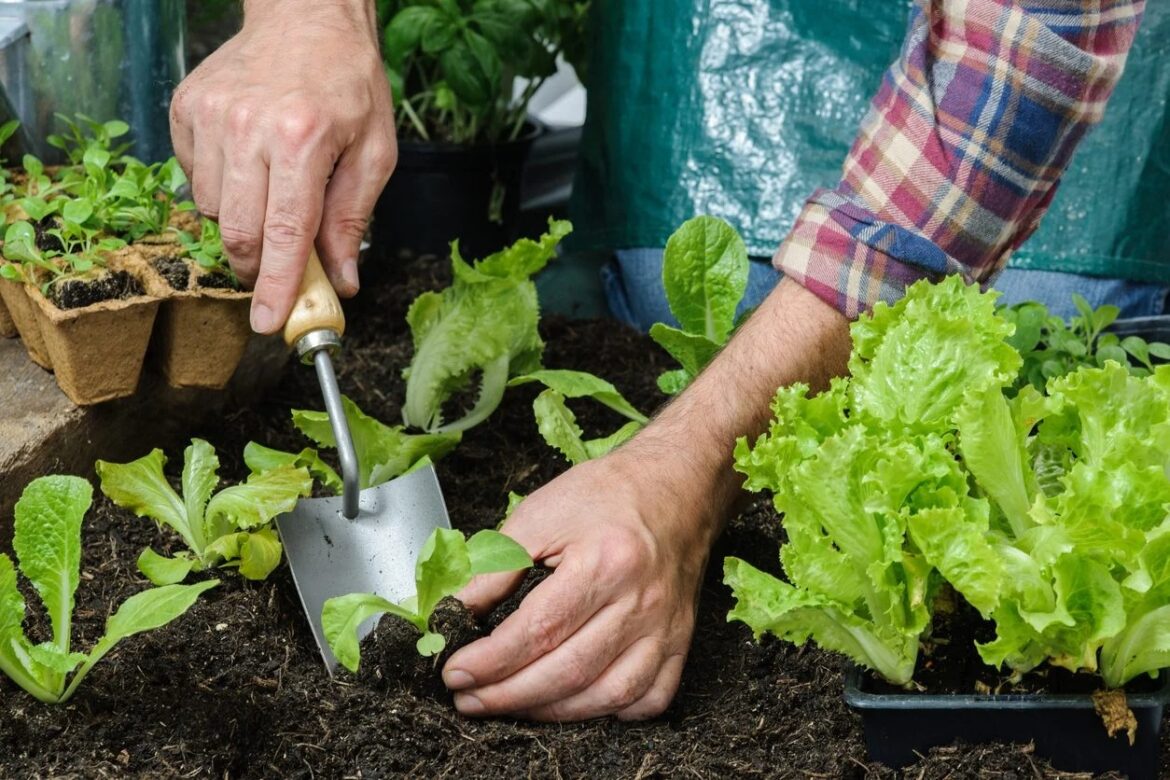1K
Growing vegetables provides fresh, healthy meals from summer to autumn. With our tips and a little patience, you will soon be harvesting your own vegetables.
Growing vegetables: These varieties are suitable
Not every vegetable is suitable for growing in the garden or on the balcony. We have put together an overview of the best varieties for you.
- Head lettuce is one of the first vegetables in spring. It can be planted in the cold frame as early as the beginning of March. Buy ready-made plantlets from the gardener. The green heads will be on the table about six weeks later. As soon as the temperatures rise, lettuce unfortunately grows out and becomes coarse. It is therefore only suitable for growing in spring.
- Carrots are one of the earliest vegetables you can grow. The seeds can be sown right after winter or in autumn before the first frosts. Planting carrots is easy, but requires a little patience. The seeds will only germinate after several weeks.
- Kohlrabi delights the gardener’s heart and is easy to care for. Small seedlings are available in specialist shops from March. Then plant the kohlrabi immediately in the cold frame. It will grow into tasty tubers by the beginning of June.
- Tomatoes and peppers can only be planted outdoors after the Ice Saints. They feel most comfortable in pots in a warm spot, for example along a house wall. Both vegetables need a lot of humus. Add plenty of fertiliser to the planting soil. You can also propagate tomatoes with seeds or cuttings.
- Cucumbers and courgettes love the warmth. Plant the self-prepared or purchased seedlings outdoors from mid-May. Both vegetables do not like direct rain on their leaves. If you have a glass house or a foil tunnel, cucumbers and courgettes are better off there. Don’t forget to air them regularly!
- Cauliflower and broccoli are more demanding in terms of care. They need to be checked regularly for pests and are more susceptible to disease than other vegetables. Be sure to control the cabbage white butterfly in particular. Root crops want to be fertilised and raked more often.
This is what you should keep in mind when growing vegetables
If you follow a few simple tips, you’ll have fresh vegetables to snack on and cook up all garden season long.
- The gardening season starts with March. If you grow your own cuttings, start as early as February. Most vegetables do not tolerate frosty temperatures and should therefore not be planted out until after the Ice Saints in mid-May.
- The harvest begins with lettuce at the end of May and continues late into autumn. Kale and cabbage sprouts, for example, need frost to taste good.
- Vegetables can be grown in the garden or on the balcony and thrive equally well. Be aware that some plants, such as courgettes or beans, need a lot of space. Lettuce and tomatoes, on the other hand, are content with pots.
- Vegetables are high-yielding plants. It is best to use special vegetable soil and slow-release fertiliser.
- Mix the vegetable soil and fertiliser in the garden with the existing soil in the beds. Balcony boxes can be filled directly with the soil.
- Vegetables pay attention to their neighbours: lettuce gets along well with tomatoes, beans and peas, but does not like celery. Cabbage, cucumbers and leeks like each other – onions and beans, however, not at all. Courgettes and carrots get on well with all the other varieties.
- Water the vegetables daily, preferably in the morning. Tomatoes only need water every other day. Otherwise they become “root rotten”. This means they form fewer roots and only grow in the top layer of soil.
- Slugs unfortunately love our vegetables as much as we do. If you have slugs in your garden, be sure to keep them away from the vegetables.

